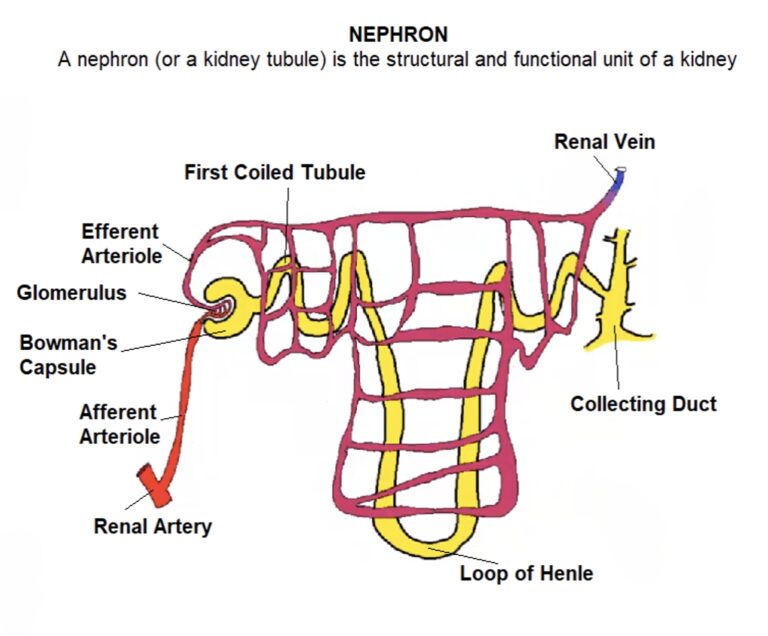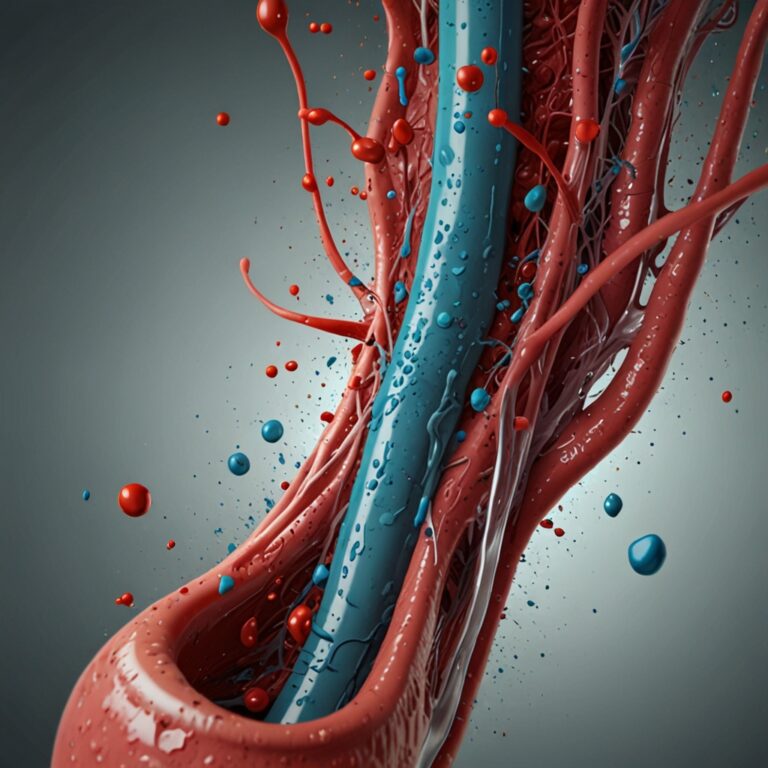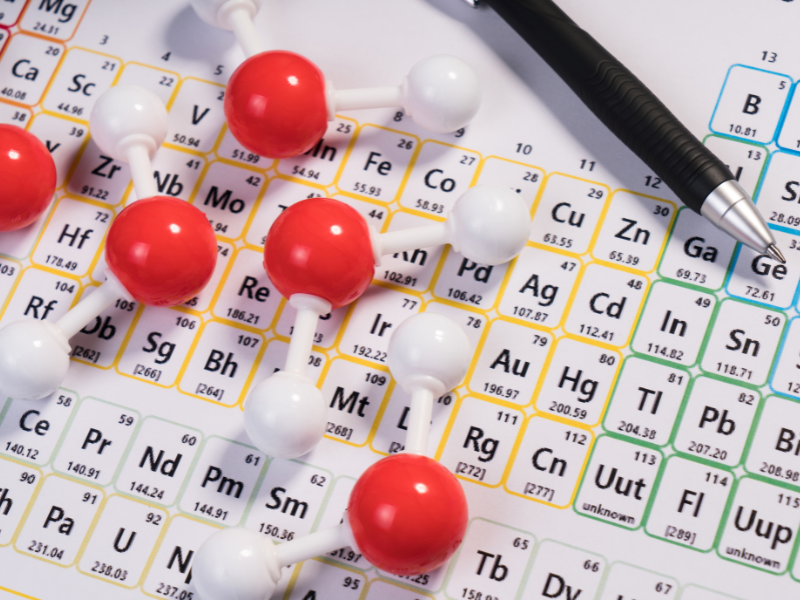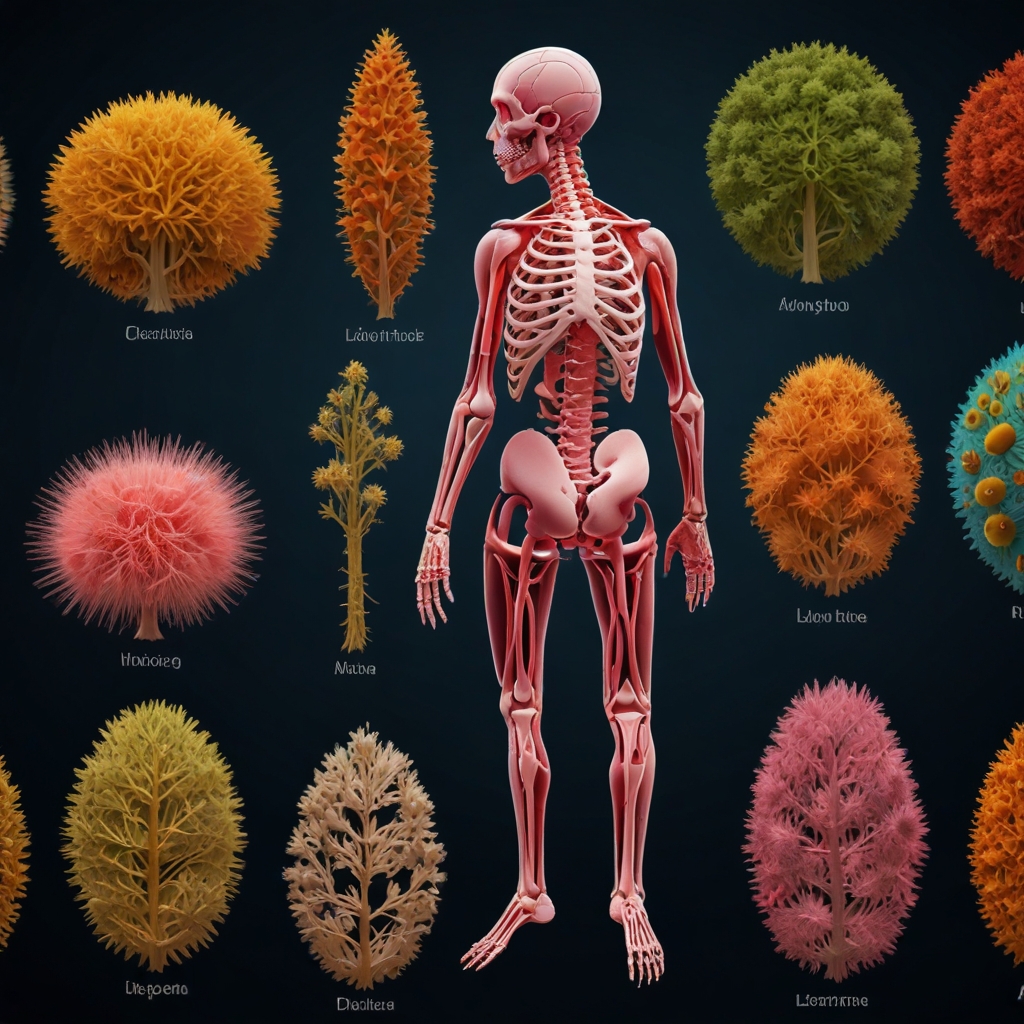Excretion is the removal from organisms of the waste products metabolism [1], toxic materials [2] and substances in excess of requirements [3].
[1] CO2 and Urea; [2] Urea, Uric Acid and Creatinine [3] Water and Salts (like NaCl]
Waste products of metabolism
| Name of Substance | Where is it produced? | How is it produced? | Where is it removed? |
| CO2 | All living cells | Respiration | Lungs (by exhalation) |
| Urea | Liver | Deamination | Kidneys (by urination – it dissolves in the excess water and then is flush out) |
*Both of these substances can denature enzymes if present in large quantities and hence are toxic.
Note:
- Deamination is the removal of the nitrogen-containing part of amino acids to form urea.
- Assimilation in the liver involves amino acids being converted into plasma proteins such as fibrinogen.
The Kidney
The kidney carries out excretion of urea and regulates the water content of the blood (osmoregulation).
They are well adapted to carry out several processes:
- To receive enough blood at a high pressure from the renal artery
- Many nephrons (kidney tubes) present to filter substances from the blood
- Ureter present to carry away urine
- It’s under close control by a feedback system so that water saving is always exactly balanced to the body’s needs.
The Urinary System

- Aorta carries oxygenated blood (with high concentrations of urea and other nitrogenous metabolic wastes); Inferior Vena Cava carries deoxygenated blood (with low concentrations of urea and other nitrogenous metabolic wastes).
- Bladder can store up to 500cm3 of urine, before needing to expel it.
- A sphincter (ring of muscle) is present before the urethra to control the flow of urine from the bladder to the urethra.
- Urethra carries urine from the bladder to outside.
- Note that the right kidney is slightly below the left kidney. This is because of the presence of the liver.
The Functional Unit of the Kidney
- Renal Artery carries wastes like urea, uric acid, NaCl, creatinin and useful substances like water and glucose. These substances are known as the glomecular filtrate.
- Afferent arterioles are broader than efferent arterioles, which ensures that a large volume of blood of blood enters and a low volume exists from the glomerulus (ball of capilleries), creating pressure so that the glomecular filtrate can diffue into the Bowman’s capsule (the Bowman’s capsule and glomerulus are together known as the renal capsule). The pressure isn’t enough to remove large proteins and blood cells. This is known as ultrafiltration.
- At the first coiled tubule useful substances such as water glucose and some salts are absorbed back into the blood. This is known as selective reabsorption.
- Some water and glucose could also be reabsorbed until the loop of Henle. Not all water is reabsorbed as some needs to act as a solvent in urine.
- Urine is produced post the loop of Henle.
- Collecting duct collects urine from all of the nephrons and urine is poured out into the ureter from there. Anti-diuretic hormone(ADH) cuts down the loss of water in the form of urine by increasing reabsorption of water.

Cross Section of the Kidney

Osmoregulation
Osmoregulation is a feedback mechanism that regulates the water level in the blood or regulates the osmotic pressure of the blood.
Excess Water

Less Water

Factors Affecting Urine Volume and Concentration
- Water (mentioned above)
- Temperature: colder, more urine because less water is lost as sweat as compared to summer
- Exercise: more exercise, less urine because one will lose water through heavy breathing and sweat
Kidney Malfunction
The kidney could be damaged through infection or by an accident resulting to the body not being able to control the amount of urine formed as the osmotic pressure isn’t maintained. Therefore, blood plasma and tissue fluid aren’t at an optimum.
- If the kidney failure cannot be rectified, a person could die very quickly.
- If the kidney failure can be rectified, dialysis or kidney transplant can be done to save the person’s life.
Dialysis
The diagram below shows how a person is put on a dialyser.

Kidney Transplant
- A new kidney is surgically transplanted
- The old kidney, which wasn’t functioning is only removed if it was infected as the infection could spread to other organs, else it is left as is.
- A transplant/tissue rejection could occur if the recipient’s lymphocytes recognize antigens on the transplanted organ and antibodies will be produced that will attack the antigens, hence destroying the organ. There are a few solutions to make this less likely:
- Asking a family member to donate their kidney so that blood group and tissue type will be matched
- Immunosuppressants could be used till the transplanted organ is established. But this has a major drawback: one maybe exposed to other diseases caused by pathogens as the immune system is suppressed.
What is better, kidney transplant or dialysis?
| Advantages | Disadvantages | ||
| Kidney Transplant | Dialysis | Kidney Transplant | Dialysis |
| Less life disruptive | Cheap in short run | High initial cost | More life disruptive |
| Economical in the long run | Will definitely work | Tissue rejection chance | Expensive in long run |
| No diet restrictions | Immediate | Invasive | Diet restriction |
| Full recovery | Non-invasive | May take time to find donor |
Kidney failure not solved |
| No fistula | |||
| Less nausea after surgery | |||






